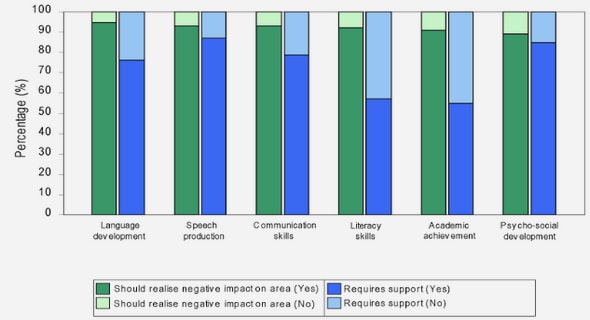(Downloads - 0)
For more info about our services contact : help@bestpfe.com
Table of contents
1. Introduction
1.1 The Influence of Mosses on their Environment
1.1.1 Article 1: Can Mosses Serve as Model Organisms for Forest Research?
1.1.2 Physcomitrella patens as a Model Organism in Plant Research
1.2 The Thioredoxin System
1.2.1 The Thioredoxin System in Plants
1.2.2 Electron Donor Systems in Plants
1.2.3 The Thioredoxin Family in Plants
1.3 Light-Dependent Redox Regulation in Chloroplasts
1.3.1 The Ferredoxin/Thioredoxin System
1.3.2 Plastid Thioredoxins
1.3.3 Two Light-Induced Phosphatases Function in Carbon Fixation
1.1 Aim of the Thesis
2. Material and Methods
2.1 Chemicals, Media, Oligonucleotides and Enzymes
2.2 Cell Culture Conditions for P. patens
2.3 Generation of Transgenic Moss Lines
2.3.1 Transformation of P. patens
2.3.2 Selection
2.3.3 Screening
2.4 Molecular Biology
2.4.1 RNA Extraction
2.4.2 DNA Digestion
2.4.3 cDNA Synthesis
2.4.4 Polymerase Chain Reactions and Oligonucleotides
2.4.5 Agarose Gel Electrophoresis
2.4.6 DNA Gel Extraction
2.4.7 Preparation of Plasmid DNA
2.4.8 DNA Precipitation with Ethanol
2.4.9 Cloning
2.4.10 Bacterial Cultivation and Transformation
2.5 Analysis of FTR Mutant Lines
2.5.1 Protonema Growth Rate Determination
2.5.2 Light Treatments
2.5.3 Starch Accumulation
2.5.4 Net Photosynthetic Rate
2.5.5 Pulse Amplitude Modulation (PAM) Measurements
2.5.6 roGFP2 Measurements and Analysis
2.6 Proteomics
2.6.1 Protein Purification from E. coli
2.6.2 SDS-Page Gel
2.6.3 Crystallization and Structure Determination
2.6.4 Enzyme Activation and Reduction Assays
2.7 Phylogeny
3. Results and Discussion
3.1 Composition of Redox Regulation Member Proteins in P. patens
3.2 Characterization of FTR mutants in P. patens
3.2.1 Expression and Homology of the two FTR Genes in P. patens
3.2.2 Cloning Strategy for Generating FTR Mutant Lines
3.2.3 Growth Analysis under Different Light Treatments
3.2.4 Starch Accumulation during Various Light Conditions
3.2.5 CO2 Assimilation Rate and Photosynthetic Parameters
3.2.6 Ratiometric Analysis of Redox Sensitive roGFP2
3.2.7 Discussion
3.3 Identification and Characterization of Unusual f-type TRXs in P. patens
3.3.1 Phylogenetic Analysis of TRX f-type Proteins
3.3.2 Reduction Capability of PpTRX f1 and PpTRX f2 show similar results
3.3.3 Different Electron Donors for PpTRX f1 and PpTRX f2
3.3.4 Discussion
3.4 Biochemical and Structural Analysis of FBPase and SBPase from P. patens and Evolutionary Considerations of Redox Regulation in Chloroplasts
3.4.1 Article 2: Chloroplast FBPase and SBPase are thioredoxin-linked enzymes with similar architecture but different evolutionary histories
3.4.2 Article 3: Dithiol disulphide exchange in redox regulation of chloroplast enzymes in response to evolutionary and structural constraints
4. Conclusion
5. Bibliography
6. Affidavits
7. Lists of Figures and Tables
8. Supplementary Data




